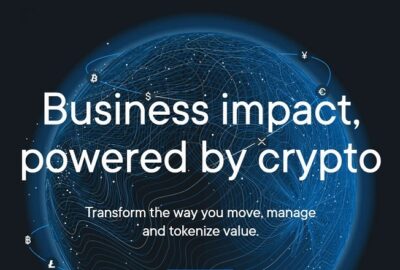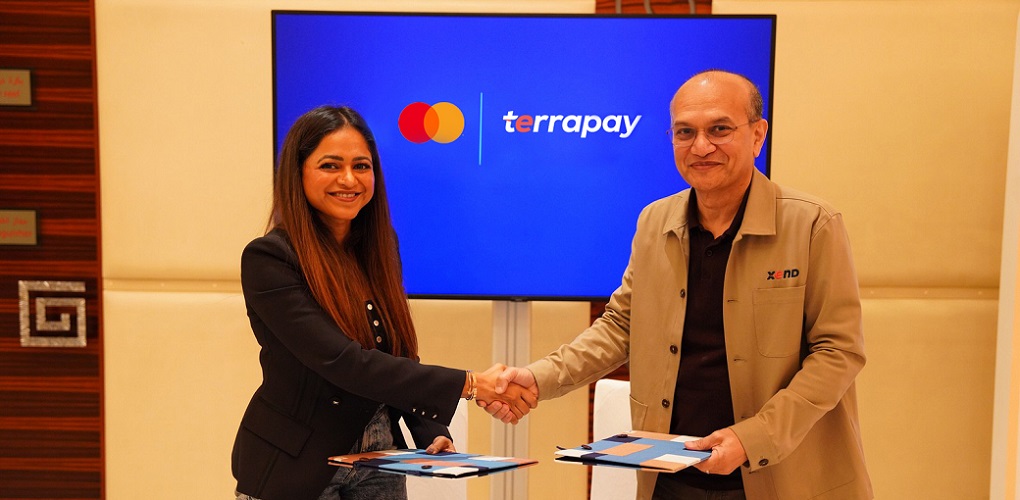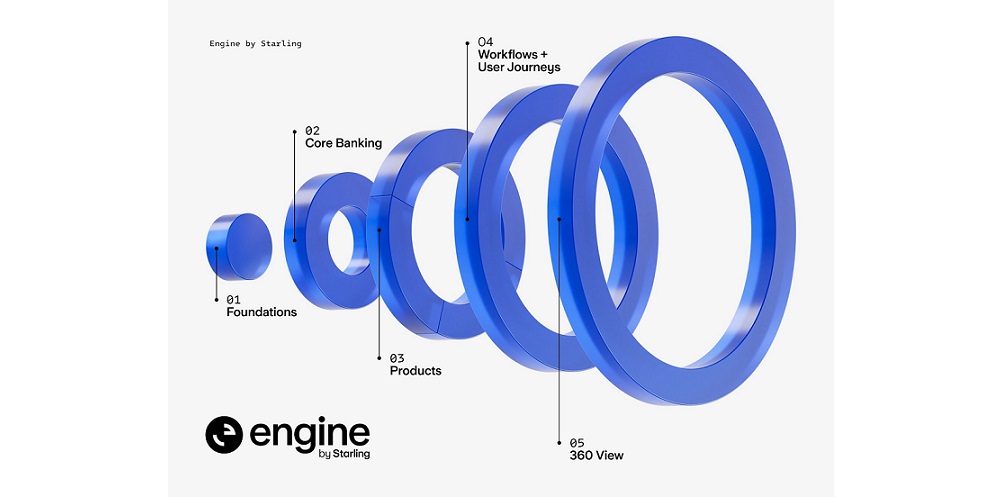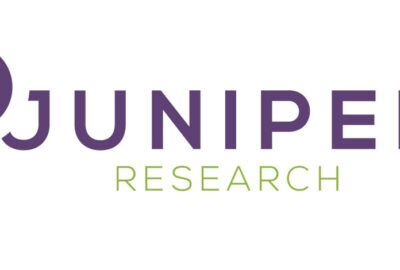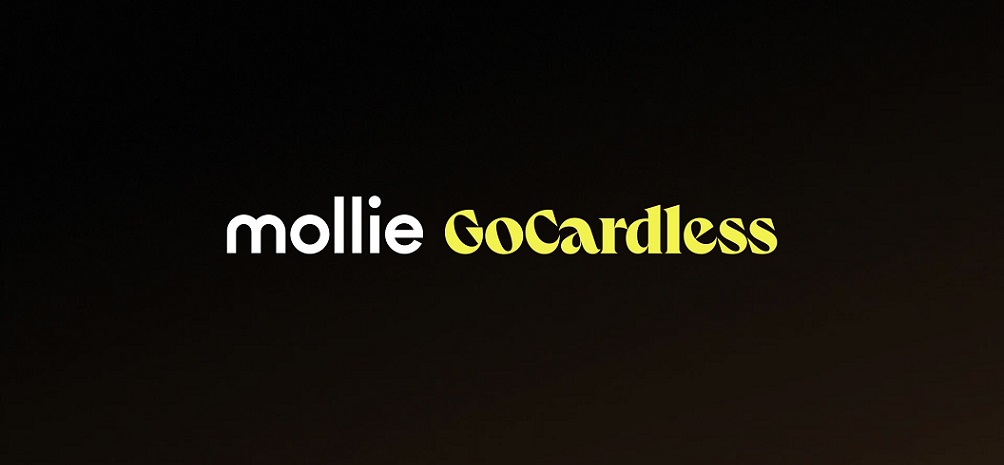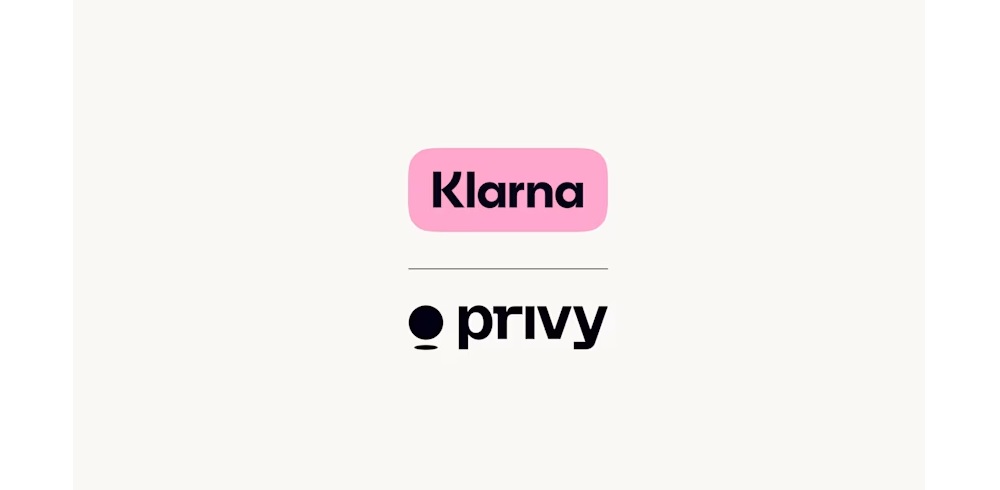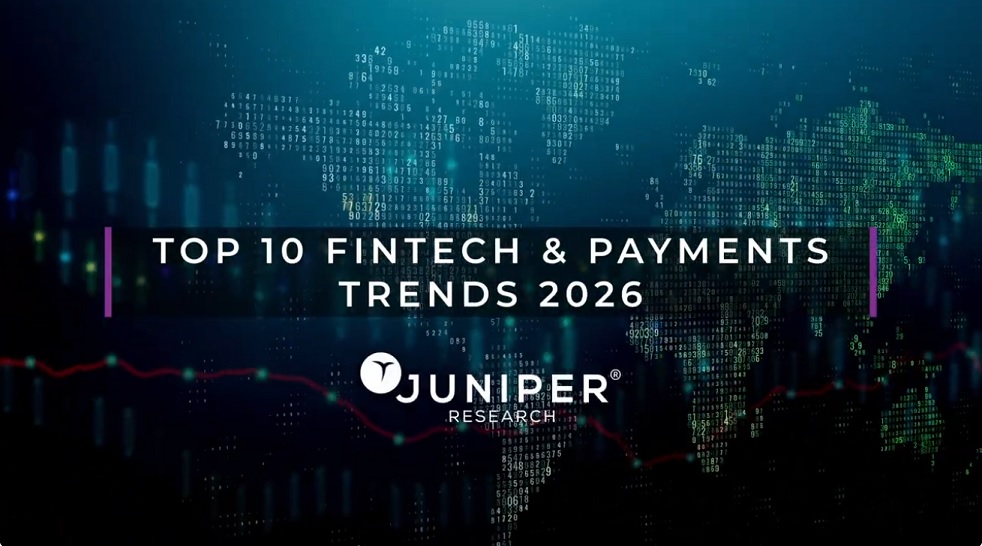Glint, the app which turns gold into a digital currency. “We’re reintroducing gold as money!”
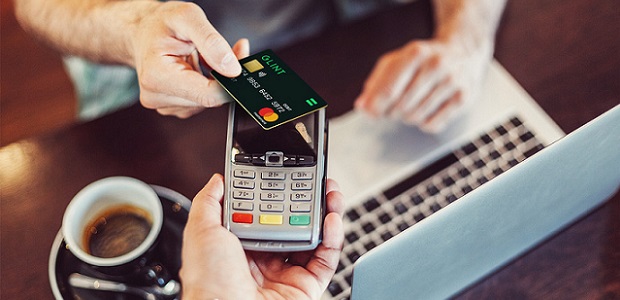
Glint runs a free-to-download mobile app that allows users to buy fractions of a physical bar of gold digitally, then use that gold to electronically buy items using an accompanying, multicurrency Mastercard debit card, MarketWatch reports.
“We’re reintroducing gold as money,” said Ben Davies, Glint’s co-founder and chief operating officer. “It was once money, it will be money again and it already is now under this application,” said Davies, whose more than 20 years of working in financial markets includes co-founding investment firm Hinde Capital and running the Hinde Gold Fund, which has a long bias on gold bullion.
No coins need to change hands with Glint. “Let’s just do it: I’m going to now buy two grams of gold,” said Jason Cozens, Chief Executive of Glint, demonstrating on his phone. “It’s going to cost me £61. I review that, that’s the [spot] rate … confirm it … done. Now, I have some more gold,” he said. “We got a taxi on the way here and I used 0.21 grams of gold to pay for it.”
“I don’t have to worry about whether the pound has dropped against the yen or the rupee or not,” said Cozens. “I have a certain order that transfers my wage into my Glint account every month and I just spend in gold because I know it’s going to be inflation-hedged. If anything happens to the system, it’s going to be OK, and wherever I fly in the world I don’t have to worry about ‘Did I buy enough euros in time? Did I get it at a good rate?’”
The idea of Glint stretches back eight years and the two started full-time work on it three years ago.
The Glint app will be running in the U.S. by the end of the third quarter of this year after launching in the U.K. and in Europe at the end of 2017. As little as 1 British pound, one euro or one U.S. dollar will get someone started on the app. Glint customers are able to hold euros and U.S. dollars, with gold and sterling in multicurrency wallets, through a single account.
“We don’t want to have a dystopian view of what’s happening in the world. The affinity for gold in other parts of the world is a much more cultural phenomena and there are people engaging in movement of physical gold for transactions. We’re tapping into an $8 trillion market — we’re just digitizing it,” said Davies.
Glint, which is regulated by the U.K.’s Financial Conduct Authority, makes money by charging a fee of 0.5% when a user purchases gold, and a 0.5% fee when the user spends or sells their gold. The average gold balance for Glint customers amounts to 45 grams, worth £1,382 ($1,831) at current spot prices.
Customers can only use gold that’s purchased through the app because that ensures chain of integrity. The authenticity of the gold bars has been audited by KPMG and the gold is 100% insured for their full replacement value by the famed Lloyd’s of London and Brink’s Co. whose armored trucks are a familiar sight around banks throughout the U.S.
As well, the physical gold is held in secured Brink’s vaults in Switzerland that are accredited by the London Bullion Market Association, which sets standards over trading and refining of precious metals world-wide.
“The key thing is with spending gold is if you are average-cost buying gold through your salary every month for your entire life in any one year and you’re spending it, you’ve got a storer of wealth,” said Davies. “You’re protected against the corruption of fiat money, i.e. loss of purchasing power, and you’re never really exposed to a big drop in the gold price because you’re constantly buying in and spending.”
Dariusz Mazurkiewicz – CEO at BLIK Polish Payment Standard
Banking 4.0 – „how was the experience for you”
„To be honest I think that Sinaia, your conference, is much better then Davos.”
Many more interesting quotes in the video below:


